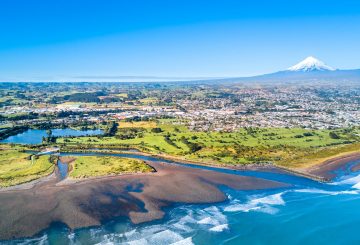继RNZ最近报道小房主得不到所付的钱之后,RNZ调查了人们在面临建筑纠纷时的权利。
新西兰消费者研究小组组长丽贝卡·斯泰尔斯说,出现问题时,消费者拥有多项权利。
尽管许多人会熟悉《消费者保障法》和《公平交易法》,但对于建筑工程,Styles表示,缺陷维修保修有效期为12个月,《建筑法》中的隐含保修期长达10年。
根据合同的类型,心怀不满的客户可以寻求争议解决途径,例如裁决、调解或仲裁。
如果企业达到清算的地步,则可以将客户添加到需要付款的债权人名单中。
但持牌破产从业者基顿·普龙克警告说,将首先向有担保债权人付款。
Pronk 建议通过公司办公室查找公司。
检查董事和股东的姓名可能会发现过去的任何业务失败。
在新西兰注册的任何公司都需要遵守《公司法》,而成为公司董事也有义务。
商业、创新和就业部(MBIE)诚信与执法经理凡妮莎·库克说,新西兰每家公司的每位董事都必须 “本着诚意行事,符合公司的最大利益”。
来源:r adionz.co.nz





























































